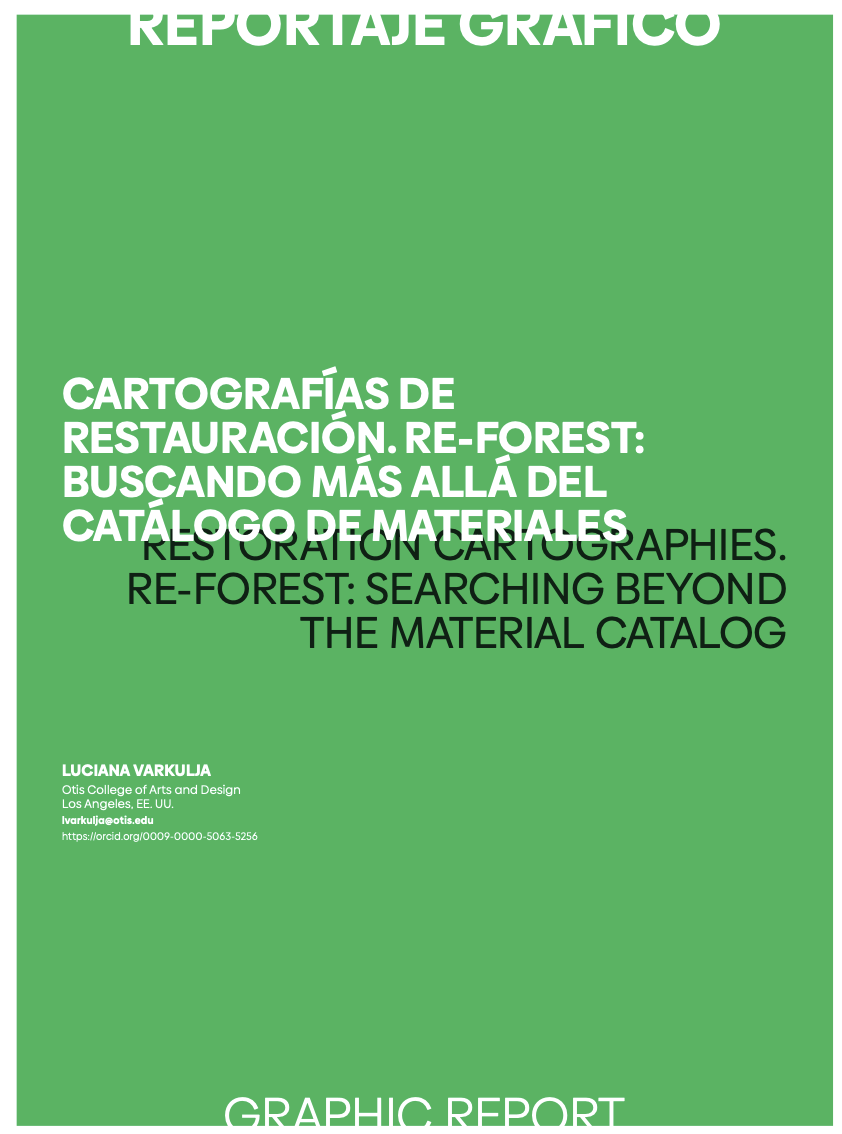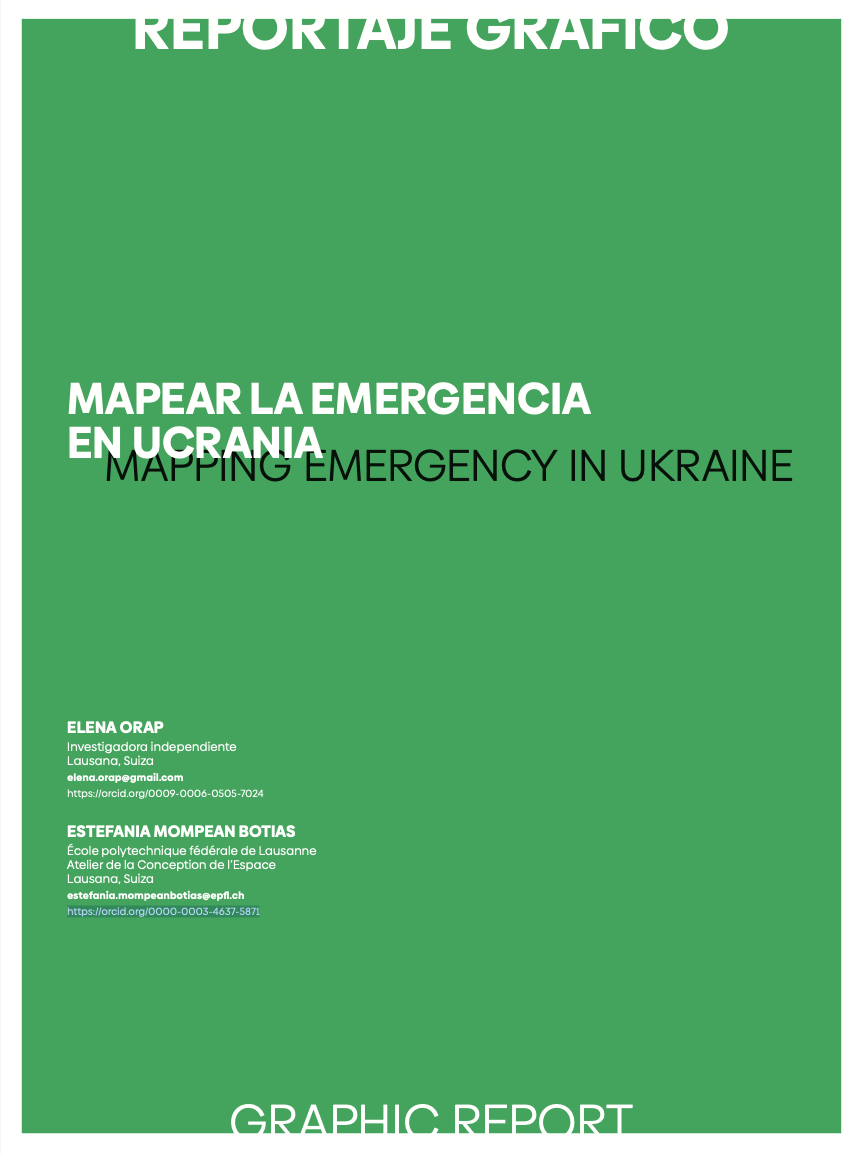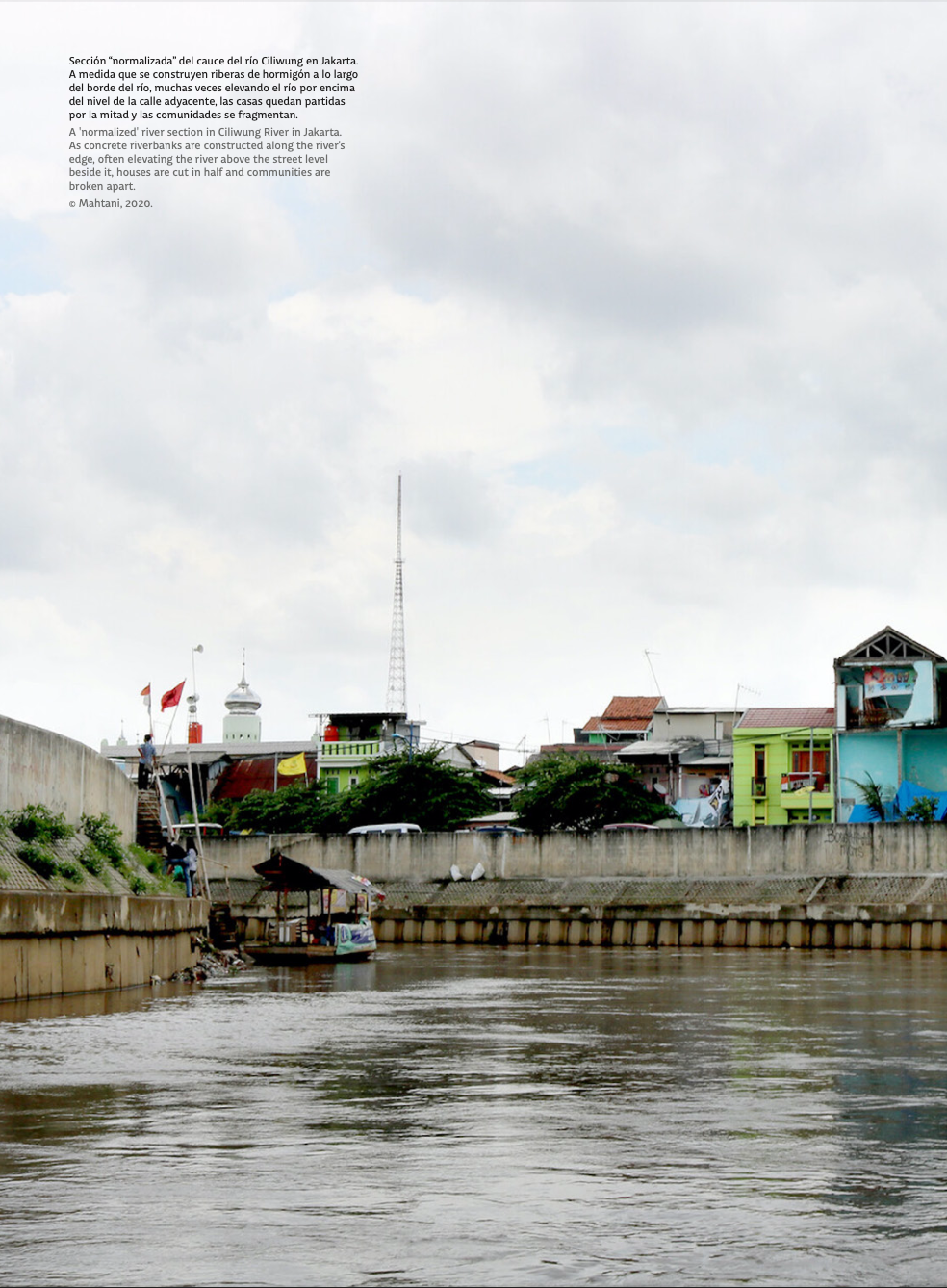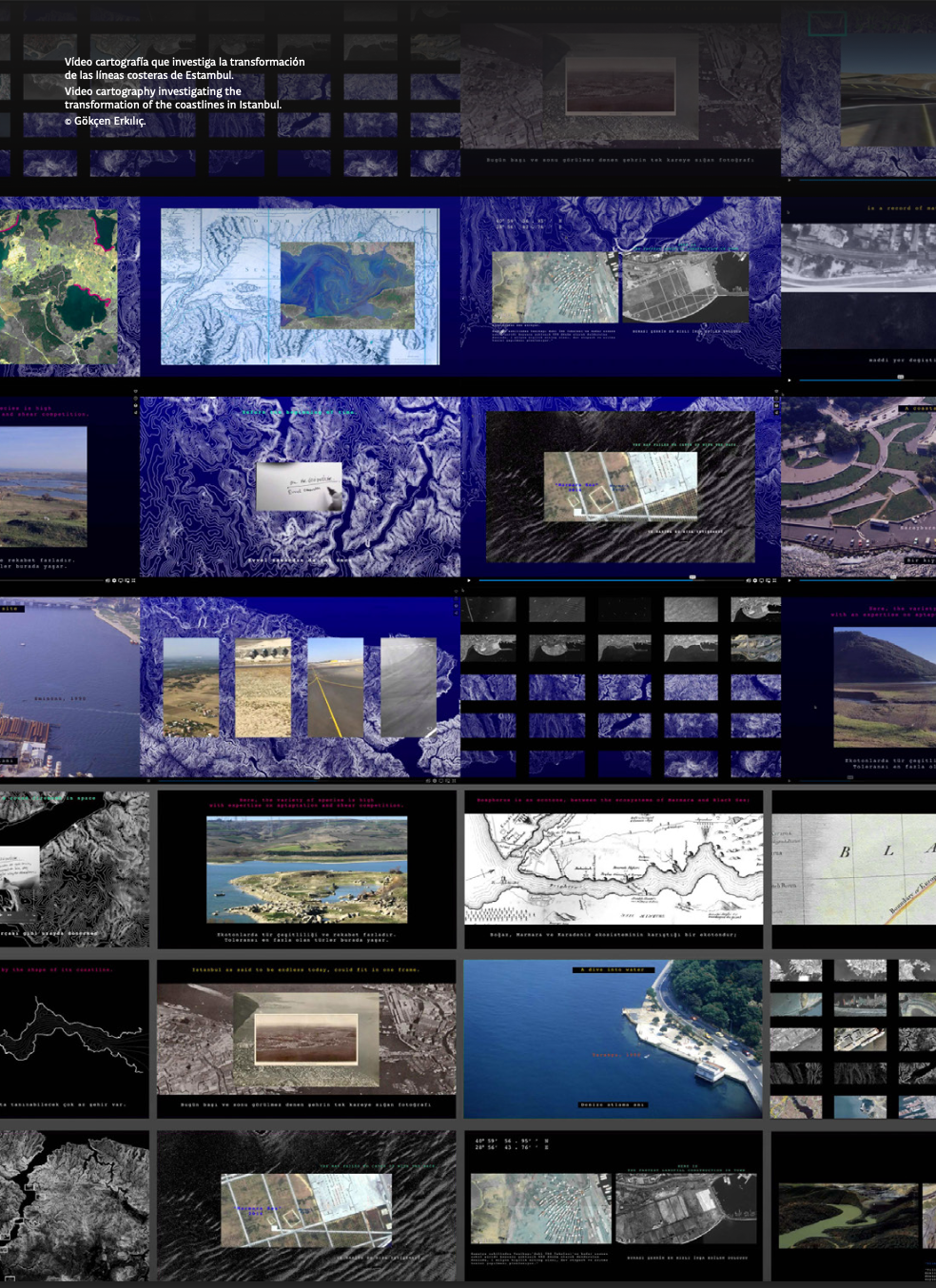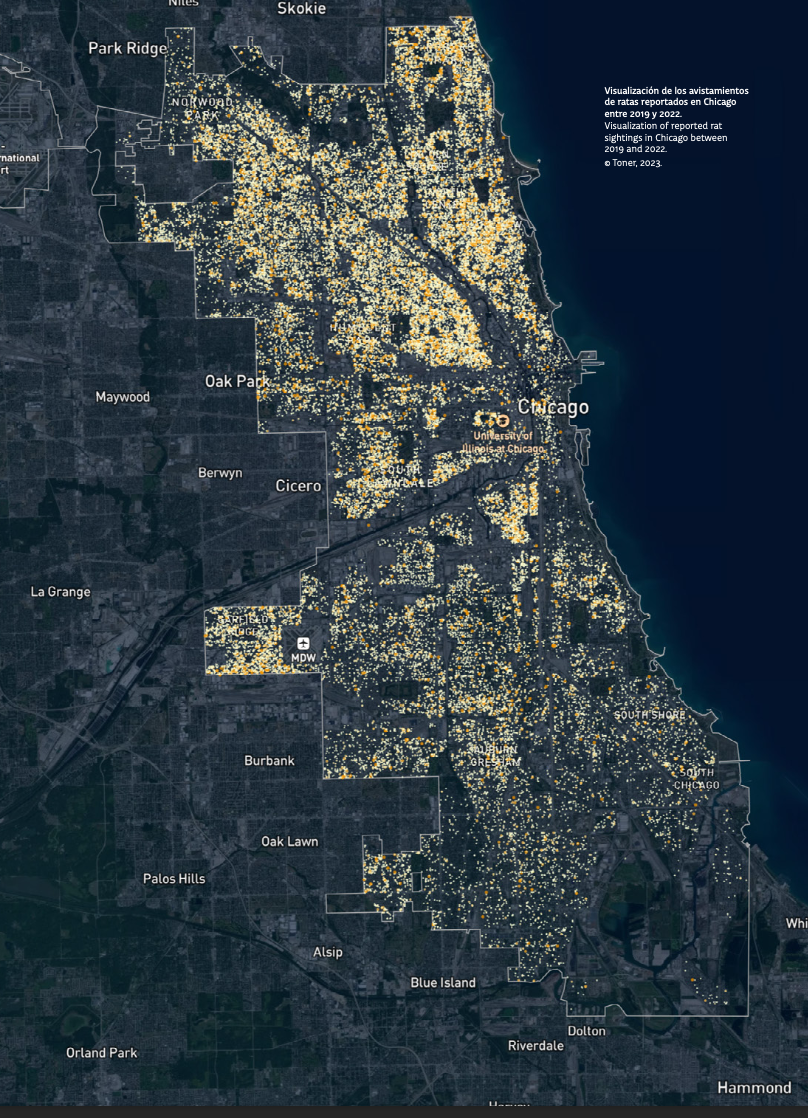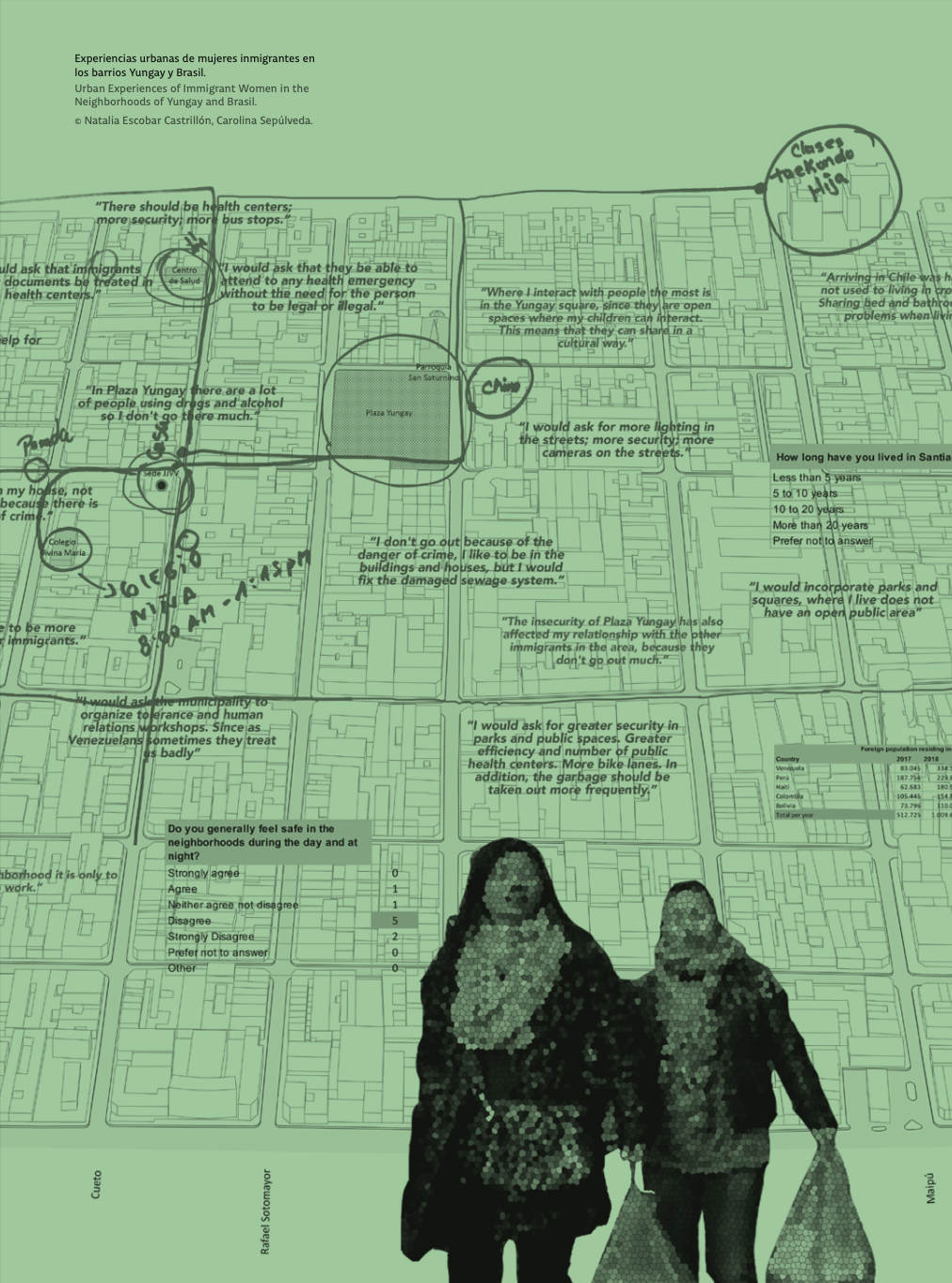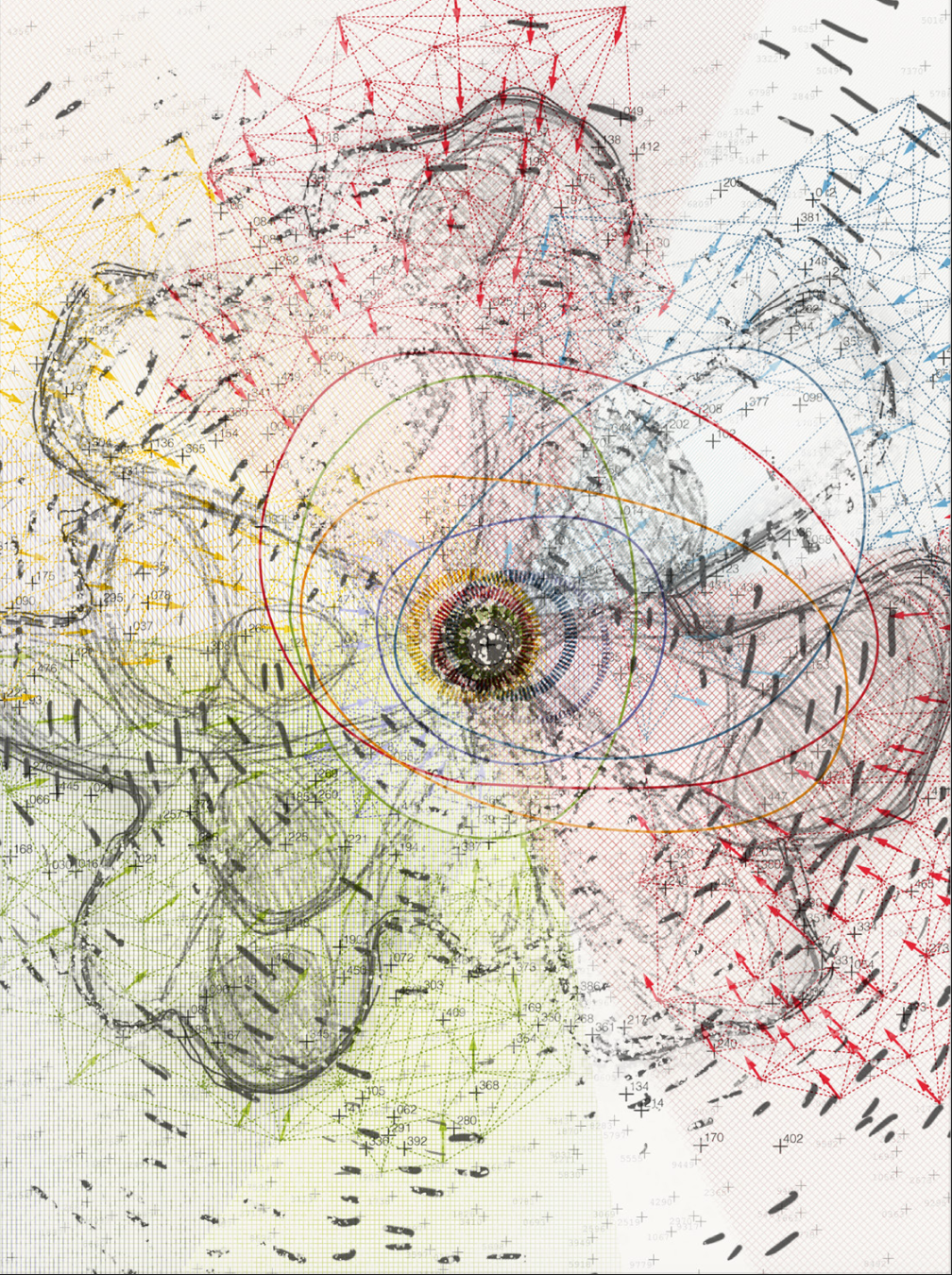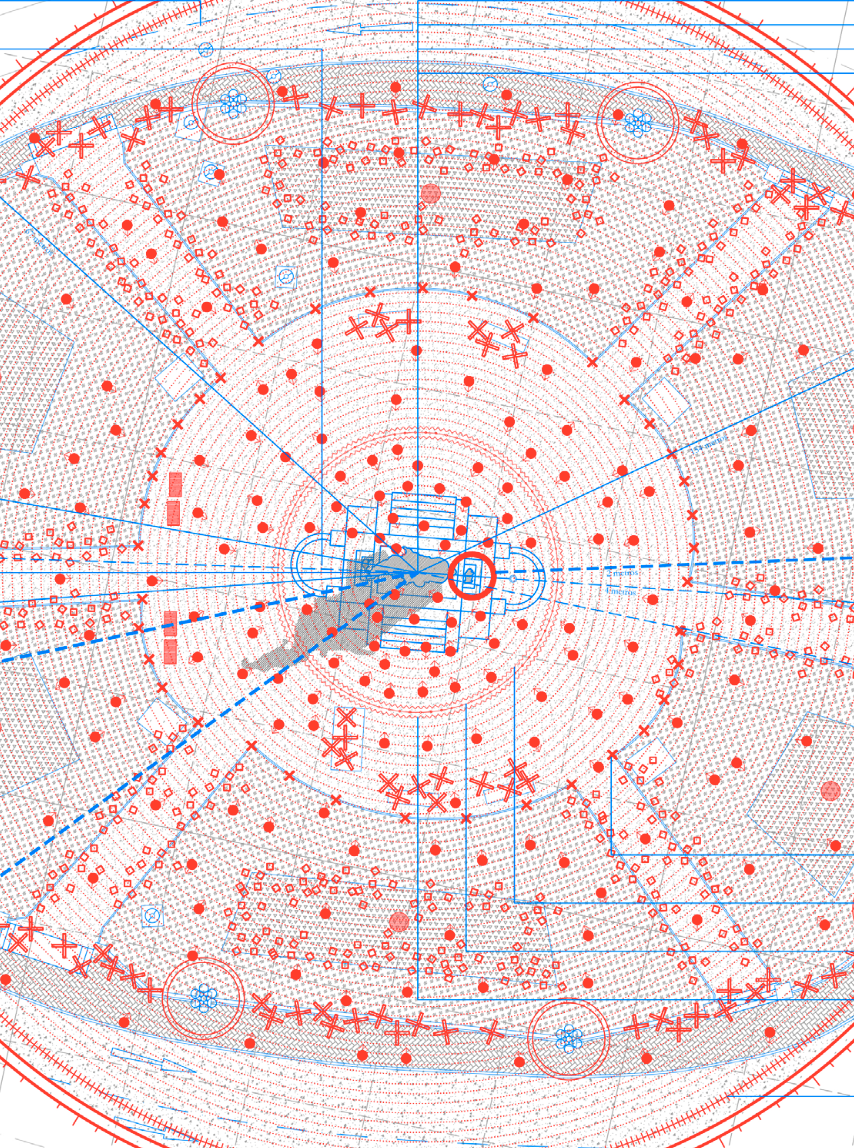
Materia Arquitectura 26 explores the interrelation between politics and its physical manifestations, and discusses the ways in which architecture can provide us tools to shape the world, but also to pose alternatives to it and dismantle its imposed structures. This approach, proposed by guest editor VÍCTOR CANO-CIBORRO, uses the concept of resistance and investigates the crucial role of cartographies in the said processes. With regard to this, PAULO TAVARES, in the interview with the guest editor, underscores the potential of cartography as a tool of liberation for dispossessed communities. LUCY BENJAMIN analyzes the ambivalence of cartography and how mapping projects can highlight the living quality of cartographic forms. Through the project 'Istanbul Coastline Atlas', GÖKÇEN ERKILIÇ highlights the histories of changes in urban regimes and environmental struggles in coastal zones. For their part, AITOR FRÍAS-SÁNCHEZ and his team advocate for greater inclusiveness in interspecies relations, and for the transformation of cities into spaces of coexistence. NATALIA ESCOBAR CASTRILLÓN and CAROLINA SEPÚLVEDA present a participative mapping method that documents the urban experiences of diasporic communities. This process, called 'reparative mapping', seeks to address the historical inequities in the creation of cities. LUCÍA JALÓN analyzes the interaction between textural and infrastructural semiotics in capitalism, pointing at textures, noise, and affections as sources of rebellion. This notion underlies the writings of CLAUDIA OLIVA, who analyzes the spatial transformation in Santiago during the social outburst in October 2019. DOMINIQUE MASHINI examines the Nakba, as a structure of fragmentation deliberately designed to address socio-spatial violence in Palestine. ELENA ORAP and ESTEFANÍA MOMPEAN BOTIAS document the emerging practices resulting from the state of emergency produced by the war in Ukraine, and show us how these practices of collective care become routine acts of resistance and reparation. Finally, LUCIANA VARKULJA underscores the responsibility of architects and designers in ecological restoration, emphasizing the importance of sustainable practices that coexist with forest biomes and support the communities in Brazil.
DOI: https://doi.org/10.56255/ma.v1i26
Published: 2024-08-30
